FS Colour Series: Cherry Inspired by André Derain’s Dazzling Crimson
French Fauvist painter André Derain was a true pioneer in early 20th century painting, paving the way for abstraction with his dazzling, experimental use of colour. Vibrant, electrifying shades of crimson like Cherry appeared in many of his most celebrated, early career paintings, transforming the French landscape into fiery fields of electrifying light. He said, “Color is an instrument that allows us to abstract from nature; the more we use it, the more abstract our art becomes.”
Born in 1880 in Chatou, Yvelines, Île-de-France, near Paris, Derain studied painting under Eugène Carrière. It was here that he met Henri Matisse; the pair would become lifelong friends, and founders of the Fauvist movement in the early 20th century along with Maurice De Vlaminck. Having spent his early adolescence training in engineering, Derain changed course following these friendships, going on to study as a painter at the Académie Julian.
The summer of 1905 was a pivotal moment in Derain’s career, when he visited the Mediterranean village of Collioure with Henri Matisse. Working closely side by side, the pair experimented wildly with colour and technique, playing with how heightened colours, expressive, loose brushstrokes and flattened lines could convey a more emotive response to the natural world than the Impressionist and Post-Impressionist painters who preceded them. Derain wrote in his diary, “Nature is like a gigantic studio, and art is the expression of the artist’s soul within it.” The paintings made during this time, when shown in Paris a year later, prompted an art critic to label them ‘Les Fauves’, or ‘The Wild Beasts’.
In Mountains at Collioure, 1905, Derain paints a spirited portrayal of the French countryside, coupling loose strokes of dappled paint in intense shades of red and green, observing, “The moment one gives a close attention to anything, even a blade of grass, it becomes a mysterious, awesome, indescribably magnificent world in itself.” In his hands trees become loose rivulets of crimson, bending this way and that and echoing the fluid undulations of the faraway mountains.
Derain made Landscape by the Sea, the Côte d’Azur near Agay, 1905, following this inspirational summer with Matisse, and his artwork explores the same shimmering colour vibrations and experimental painting techniques. He wrote, “A picture is not thought out and settled beforehand. While it is being done, it changes as one’s thoughts change. And when it’s finished, it goes on changing, according to the state of mind of whoever is looking at it.”
In this artwork the countryside becomes a lively wash of vivid colours, dominated by the flat swathe of vivid crimson that conveys the luminescence of the sunlit mountainside as dusk approaches, and the yellowing sun sets behind purple mountains on the distant horizon.
With the support of art dealer Ambroise Vollard, Andre Derain visited London to paint the city. His visionary paintings show the grey, smoggy city in an entirely new light, transforming it into a sparkling array of intense tones and hues. In Charing Cross Bridge, 1906, the artist paints a view over a city street seen from above, with a vivid blue road curving out from right to left towards the smoggy, smoky horizon. Blues and yellows are interspersed with electric bright streaks of crimson red, translating angular tree branches and puffs of foliage into fiery flames of colour and life. Reflecting on the importance of painting in this early phase of his career, he wrote, “Painting is the most beautiful of all arts. In it, all sensations are condensed, at its aspect everyone may create romance at the will of his imagination, and at a glance have his soul invaded by the most profound memories, no efforts of memory, everything summed up in one moment.”





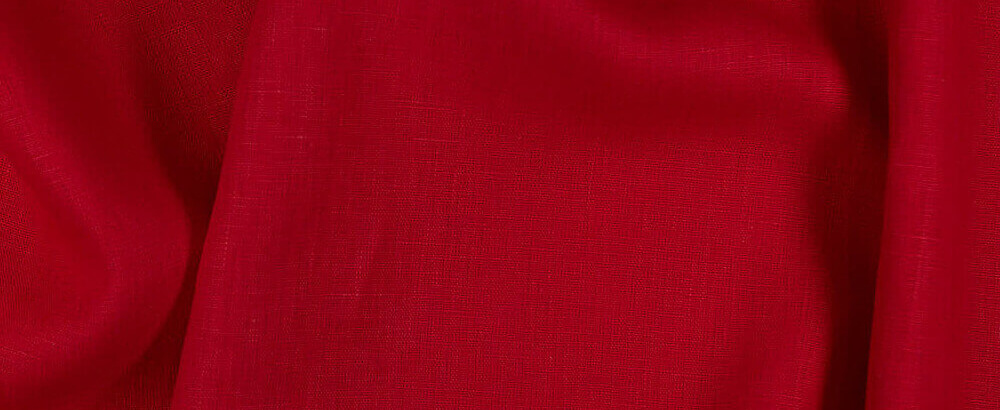




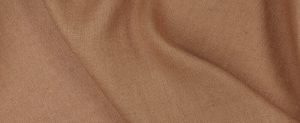
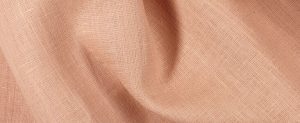


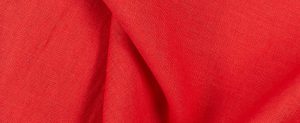














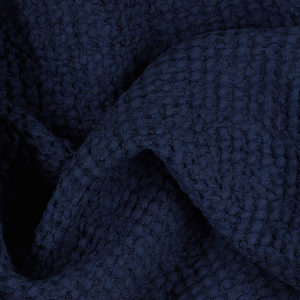


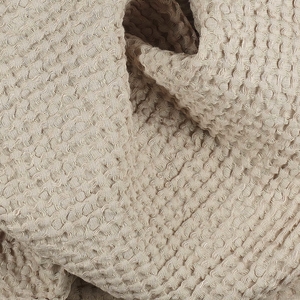


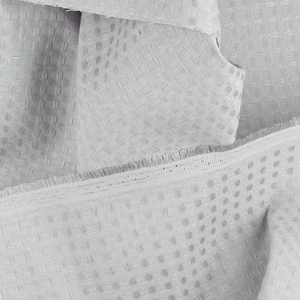

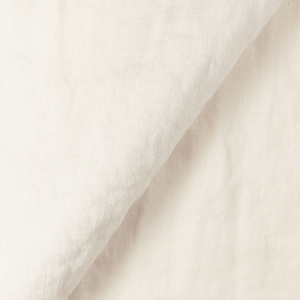
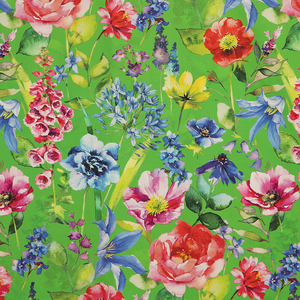
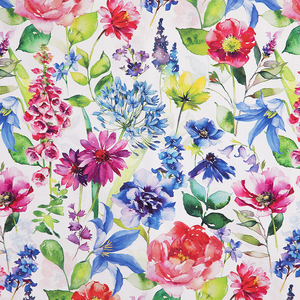
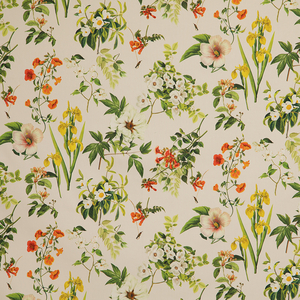


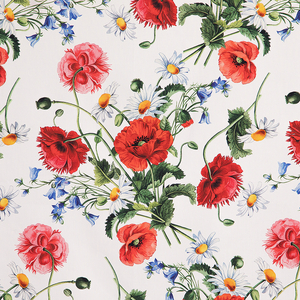

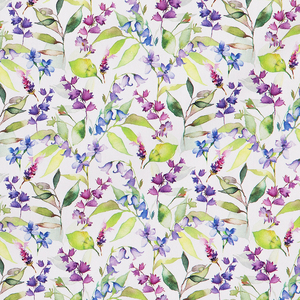







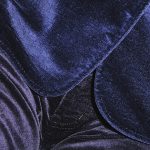

Leave a comment